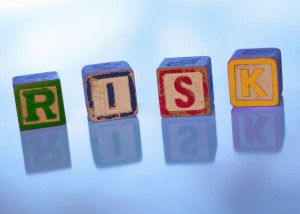When we think of earthquake risks, we tend to think of the San Andreas fault in California. Indeed, “San Andreas” the movie, was a big hit at the movie theaters last summer. But a deadlier fault line lies to the north: the Cascadia zone runs approximately 700 miles from northern California to Vancouver. And if risk models have any value, that area is overdue for a severe earthquake.
This week’s edition of The New Yorker presents a terrifying, but altogether realistic scenario, of how an earthquake within the plausible risk scenarios would be the “worst natural disaster in the history of North America. The disaster scenario modeling developed by the U.S. Federal Emergency Management Agency for an earthquake in the Pacific Northwest projects, according to the New Yorker article, that “nearly thirteen thousand people will die in the Cascadia earthquake and {follow-on} tsunami. Another twenty-seven thousand will be injured, and the agency expects that it will need to provide shelter for a million displaced people, and food and water for another two and a half million.” And, unlike Japan, which has effective emergency warning systems in place and robust building codes that take into consideration seismic shocks, the Pacific Northwest is unprepared for such a disaster. It is long past time to start demanding greater public investment in disaster resilience and possibly tax credits for retrofitting buildings for earthquake and flood hazards. We are deluding ourselves if we think we are immune to the scope and scale of comparable disasters that devastated the Asian-Pacific region.


